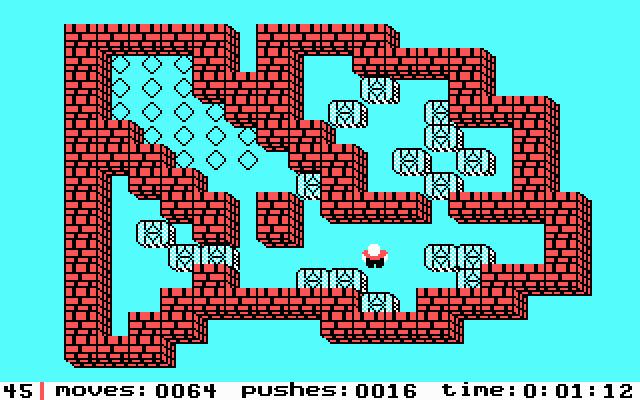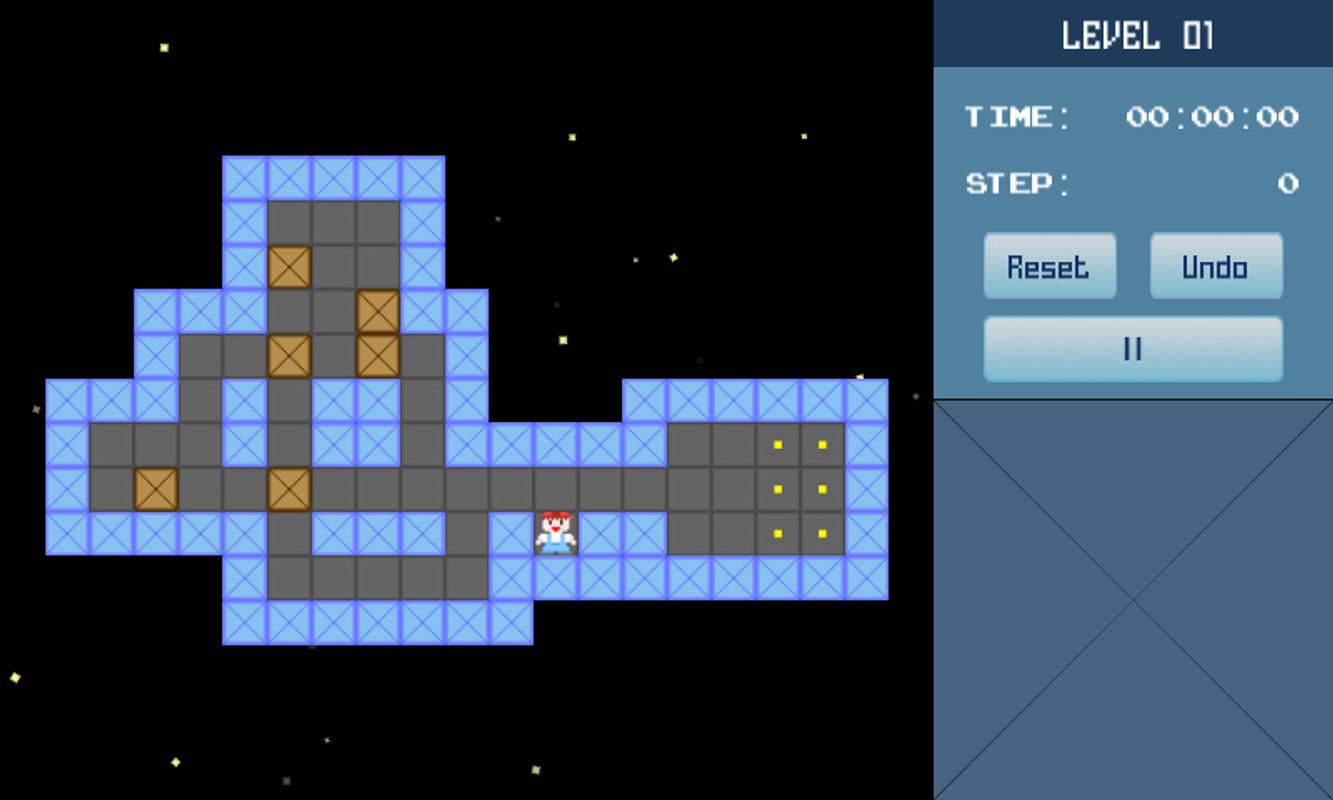
Here, you must methodically place blocks and plug gaps rather than position items as they fall. Reasons to play: If you enjoy creative engineering challenges and exercising your analytical thinking skills, then Blocks8 is a great free online activity! This is a fun, construction-themed brain teaser that plays like a static, problem-solving version of Tetris. These experiments show interesting results, and evidence how the choice of the pruning operator affects the performance of DLP systems.Play a really good block-building puzzle game on mobile phone, tablet, notebook, laptop or desktop PC! Block8 is a fun and challenging, ‘one-level’ block-based puzzler for kids, high school teens and grown-ups where you must fill grid lines with Tetris-style colored blocks, and try to create solid rows horizontally or vertically to score points and prolong the action! Play the role of "Block Adder Extraordinaire" and strategically position blocks on the 64-space grid so that they fill up whole rows or columns all of the way across the grid on either the horizontal or vertical axis. We implement our approach in DLV – the state-of-the-art DLP system – and perform some experiments.

We design an intelligent strategy for combining the two operators, exploiting the advantages of both. We present two suitable operators for pruning (Fitting's and Well-founded), discuss their peculiarities and differences with respect to efficiency and effectiveness.
In this paper, we explain the computational process commonly performed by DLP systems, with a focus on search space pruning, which is crucial for the efficiency of such systems. The DLP encoding of a large variety of problems is often very concise, simple, and elegant.

The language of DLP is very expressive and supports the representation of problems of high computational complexity (specifically, all problems in the complexity class ¡ £ ¢ ¤ ¦ ¥ ¨ § © ¢). Disjunctive Logic Programming (DLP) is an advanced formalism for knowledge representation and reasoning.


 0 kommentar(er)
0 kommentar(er)
